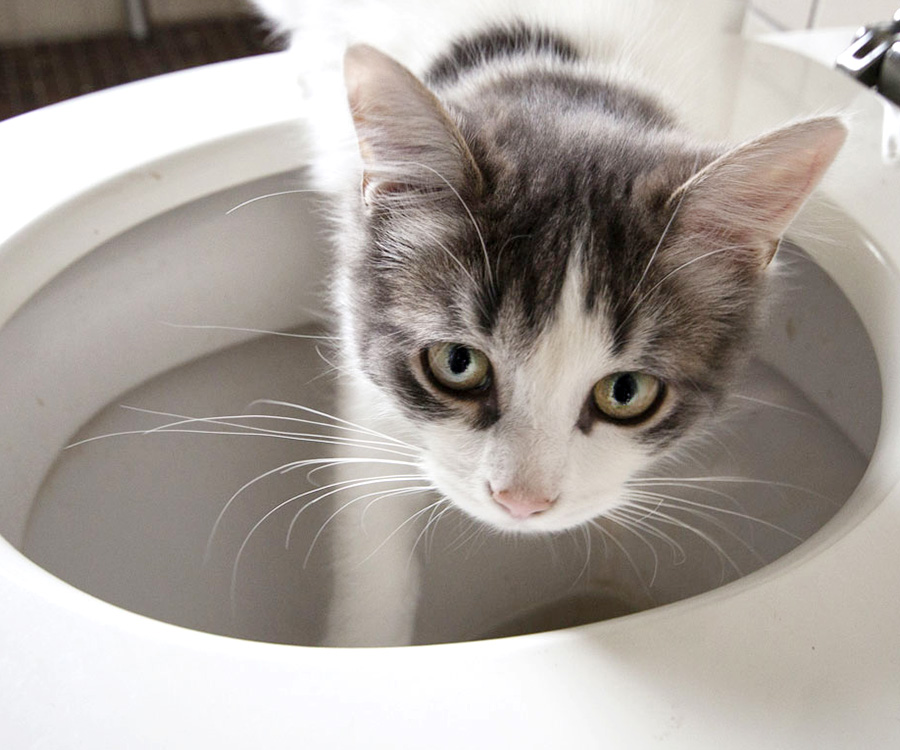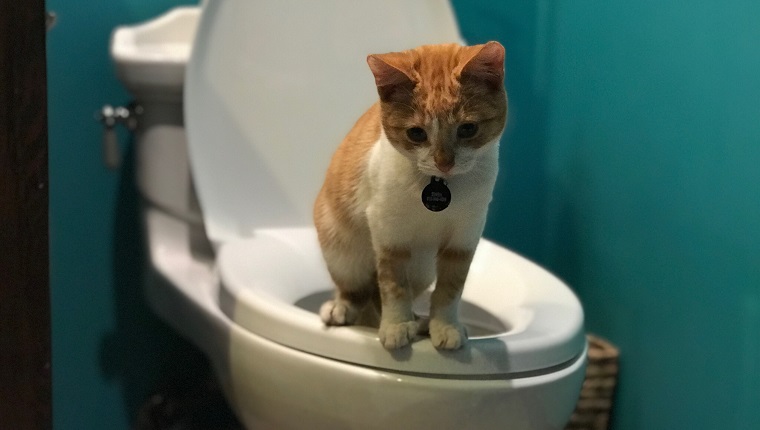When Flushing Animal Waste Down the Toilet Can be Harmful
When Flushing Animal Waste Down the Toilet Can be Harmful
Blog Article
We have unearthed this great article involving Should you flush animal waste down the toilet down the page on the web and decided it made perfect sense to share it with you in this article.

When it comes to disposing of waste, specifically animal waste, lots of people commonly resort to the practical choice of flushing it down the commode. Nevertheless, this apparently simple remedy can have significant consequences for the environment and public health. In this short article, we'll explore why flushing animal waste down the bathroom is a poor idea and give alternative approaches for correct disposal.
Introduction
Correct garbage disposal is vital for keeping ecological sustainability and public health. While it might seem harmless to purge animal waste down the bathroom, it can lead to various problems, both for the atmosphere and human well-being.
Risks of flushing pet waste
Environmental impact
Flushing pet waste introduces hazardous bacteria and microorganisms into rivers, which can adversely affect water ecosystems. These microorganisms can contaminate water resources and harm aquatic life, interfering with delicate ecological communities.
Public health concerns
Animal waste includes harmful bacteria such as E. coli and Salmonella, which can posture significant wellness dangers to humans. Purging pet waste down the commode can contaminate water materials, resulting in the spread of illness and infections.
Alternatives to flushing
As opposed to purging animal waste down the commode, there are several alternate disposal techniques that are extra eco-friendly and hygienic.
Composting
Composting animal waste is a green way to take care of it. By composting, organic matter is broken down right into nutrient-rich dirt, which can be utilized to feed gardens and plants.
Landfill disposal
Dealing with animal waste in a land fill is one more alternative. While not as eco-friendly as composting, it is a much safer option to flushing, as it avoids the contamination of water resources.
Pet dog waste disposal systems
There are specialized pet waste disposal systems readily available that securely and hygienically deal with animal waste. These systems typically use enzymes to break down waste and eliminate smells.
Steps to proper animal garbage disposal
To ensure correct disposal of pet waste, follow these steps:
Scooping and nabbing waste
Regularly scoop and bag animal waste using eco-friendly bags. This avoids waste from polluting the setting.
Using designated waste containers
Dispose of bagged pet waste in designated waste containers, such as compost bins or garbage dump bins. Prevent flushing it down the toilet in any way prices.
Cleaning up can and animal locations on a regular basis
On a regular basis tidy litter boxes and family pet locations to avoid the buildup of waste and bacteria. Usage pet-safe cleaning items to preserve health.
Advantages of appropriate disposal methods
Taking on correct disposal approaches for pet waste provides several benefits:
Lowered environmental pollution
Correct disposal approaches lower the threat of environmental pollution, shielding waterways and ecosystems from contamination
Minimized danger of water contamination.
By avoiding flushing pet waste down the bathroom, the danger of water contamination is significantly decreased, protecting public health.
Enhanced sanitation and health
Proper disposal techniques advertise much better cleanliness and hygiene, creating a safer environment for both humans and pets.
Conclusion
In conclusion, purging pet waste down the toilet is harmful to the environment and public health. By adopting different disposal techniques and following appropriate waste administration methods, we can minimize the adverse influence of pet waste and add to a cleaner, healthier planet.
What To Do With Dog Poo – The Do's And Don'ts Of Disposing Of Faeces
Dog poo bins
Some councils provide dedicated dog waste bins in popular dog-walking areas that can take dog poo that has been bagged but you can legally dispose of dog waste in any public litter bin, as long as it is securely bagged. This also applies to your wheelie bin at home.
Do not flush
Water companies do not recommend flushing dog faeces down the toilet because certain parasites can survive the water processing treatment and are potentially harmful to humans. You should also never consider flushing dog poo that has been bagged down the toilet as the bags will not break down and instead create severe blockages in the sewage system.
In the woods
The Forestry Commission promotes a ‘stick and flick’ method for dealing with waste in the woods. This means finding a stick and using it to flick any poo from off the path so that it is out of the way of other walkers. You could also bury it as long as it is not in an area where there might be livestock.
Livestock
Parasites found in dog poo can be transmitted to livestock if they inadvertently eat infected faeces that has been left on grazing land. This could result in the death of sheep or abortion in cattle so you should always make sure you pick up your dog’s waste in fields where livestock could be present.

On a regular basis tidy litter boxes and family pet locations to avoid the buildup of waste and bacteria. Usage pet-safe cleaning items to preserve health.
Advantages of appropriate disposal methods
Taking on correct disposal approaches for pet waste provides several benefits:
Lowered environmental pollution
Correct disposal approaches lower the threat of environmental pollution, shielding waterways and ecosystems from contamination
Minimized danger of water contamination.
By avoiding flushing pet waste down the bathroom, the danger of water contamination is significantly decreased, protecting public health.
Enhanced sanitation and health
Proper disposal techniques advertise much better cleanliness and hygiene, creating a safer environment for both humans and pets.
Conclusion
In conclusion, purging pet waste down the toilet is harmful to the environment and public health. By adopting different disposal techniques and following appropriate waste administration methods, we can minimize the adverse influence of pet waste and add to a cleaner, healthier planet.
What To Do With Dog Poo – The Do's And Don'ts Of Disposing Of Faeces
Dog poo bins
Some councils provide dedicated dog waste bins in popular dog-walking areas that can take dog poo that has been bagged but you can legally dispose of dog waste in any public litter bin, as long as it is securely bagged. This also applies to your wheelie bin at home.
Do not flush
Water companies do not recommend flushing dog faeces down the toilet because certain parasites can survive the water processing treatment and are potentially harmful to humans. You should also never consider flushing dog poo that has been bagged down the toilet as the bags will not break down and instead create severe blockages in the sewage system.
In the woods
The Forestry Commission promotes a ‘stick and flick’ method for dealing with waste in the woods. This means finding a stick and using it to flick any poo from off the path so that it is out of the way of other walkers. You could also bury it as long as it is not in an area where there might be livestock.
Livestock
Parasites found in dog poo can be transmitted to livestock if they inadvertently eat infected faeces that has been left on grazing land. This could result in the death of sheep or abortion in cattle so you should always make sure you pick up your dog’s waste in fields where livestock could be present.

I was shown that report about Don't Flush Your Pets Poo Down The Loo, Vet Warns through a buddy on a different web blog. If you enjoyed reading our page plz make sure you remember to pass it around. Thanks for taking the time to read it.
Call Report this page